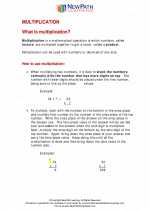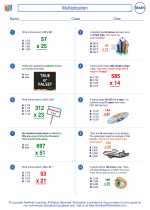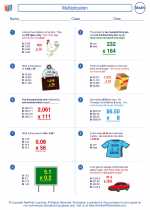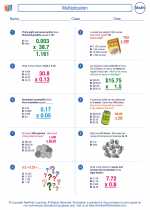Cosecant
The cosecant function, usually written as csc, is the reciprocal of the sine function. It is used to represent the ratio of the length of the hypotenuse to the length of the opposite side of a right-angled triangle. The cosecant function is defined as:
csc(θ) = 1 / sin(θ)
Graph of Cosecant Function
The graph of the cosecant function is a series of vertical lines where the function approaches zero as the sine function crosses the x-axis. The graph has vertical asymptotes at the points where the sine function is zero.

Properties of Cosecant Function
- The domain of the cosecant function is all real numbers except the values where the sine function is zero.
- The range of the cosecant function is all real numbers.
- The period of the cosecant function is 2π.
- The amplitude of the cosecant function is undefined.
Relationship with Sine Function
The relationship between the cosecant and sine functions is such that the value of the cosecant function is the reciprocal of the value of the sine function. This means that where the sine function is large, the cosecant function will be small, and vice versa.
Cosecant Identities
Some important cosecant identities include:
- csc(-θ) = -csc(θ)
- csc(θ + 2πn) = csc(θ), where n is an integer
- csc(θ) = 1 / sin(θ)
How to Use Cosecant Function in Problem Solving
To use the cosecant function in problem-solving, you can follow these steps:
- Identify the angle for which you need to find the cosecant value.
- Determine the value of the sine function for that angle.
- Take the reciprocal of the sine function value to find the cosecant value.
These are the key concepts and information related to the cosecant function. Understanding these will help you in solving problems and understanding the behavior of this trigonometric function.
.◂Math Worksheets and Study Guides Sixth Grade. Multiplication

 Worksheet/Answer key
Worksheet/Answer key
 Worksheet/Answer key
Worksheet/Answer key
 Worksheet/Answer key
Worksheet/Answer key
